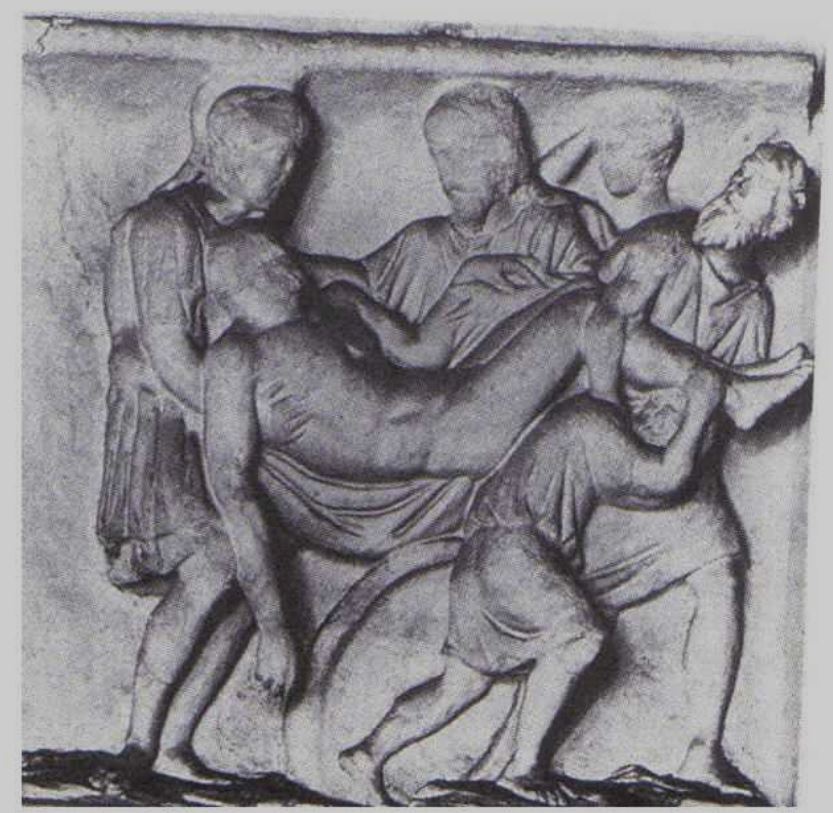
In the shadow of a distant past, where myths and legends intertwine with history, emerges a heroic figure: Meleager, whose tragic fate has inspired artists over the millennia. The “Arm of Death,” as it has been labeled in artistic tradition, is nothing more than a gesture, a powerful symbol that speaks of an end and abandonment. Its inert position, which once belonged to a hero of Greek mythology, has become a universal visual language to represent the corpse, the dead Christ, and other protagonists of countless pictorial and sculptural narratives.
When eyes fall upon a work showing a lifeless, dangling arm, known as the “Meleager’s arm,” the observer is immediately struck by an undeniable certainty: before them lies the representation of a life that was. No further confirmation is needed; the gesture speaks for itself, with a clarity that transcends epochs.
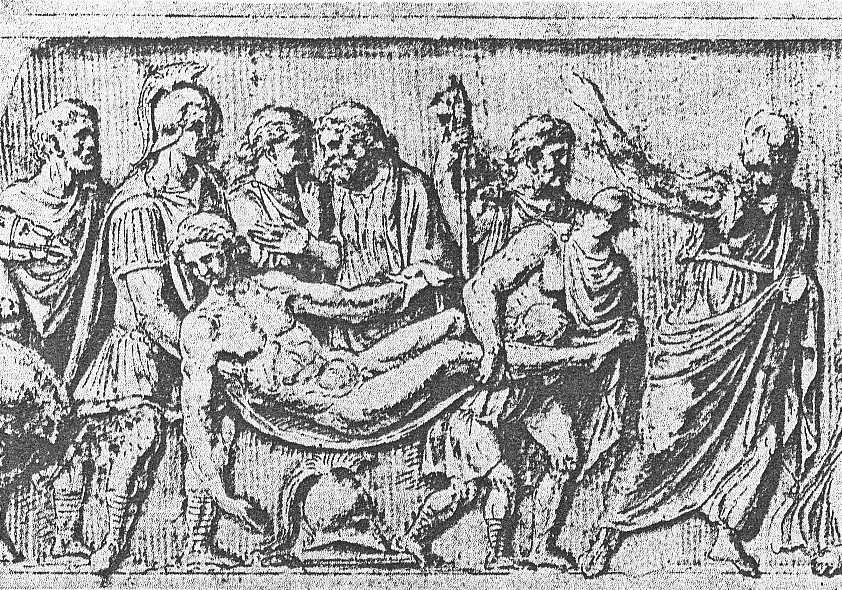
The works that have immortalized this symbol are numerous and varied, ranging from sculpture to painting, from antiquity to the Renaissance. The sarcophagus in the Capitoline Museums, depicting the death of Meleager, is a prime example of this symbolism, where stone becomes flesh and pain eternal.
Over the centuries, other artists have revisited and reinterpreted this motif. Michelangelo’s Pietà, with Christ’s body delicately supported by Mary, is perhaps one of the most touching and recognized representations of this gesture. Caravaggio, in his “Deposition,” and Simone Peterzano with his interpretation of the same subject, have captured the essence of this symbol with a strength and drama that still move us today.


Raphael, in his Baglioni Altarpiece, and Jacques-Louis David, with his “Death of Marat,” both explored the theme of death with an intensity that goes beyond mere representation; they created scenes that have become icons of human pain and compassion.
And we must not forget Henry Wallis, whose “Death of Chatterton” is an ode to lost youth and misunderstood genius, where the inert arm of the young poet becomes a symbol of a talent extinguished too soon.
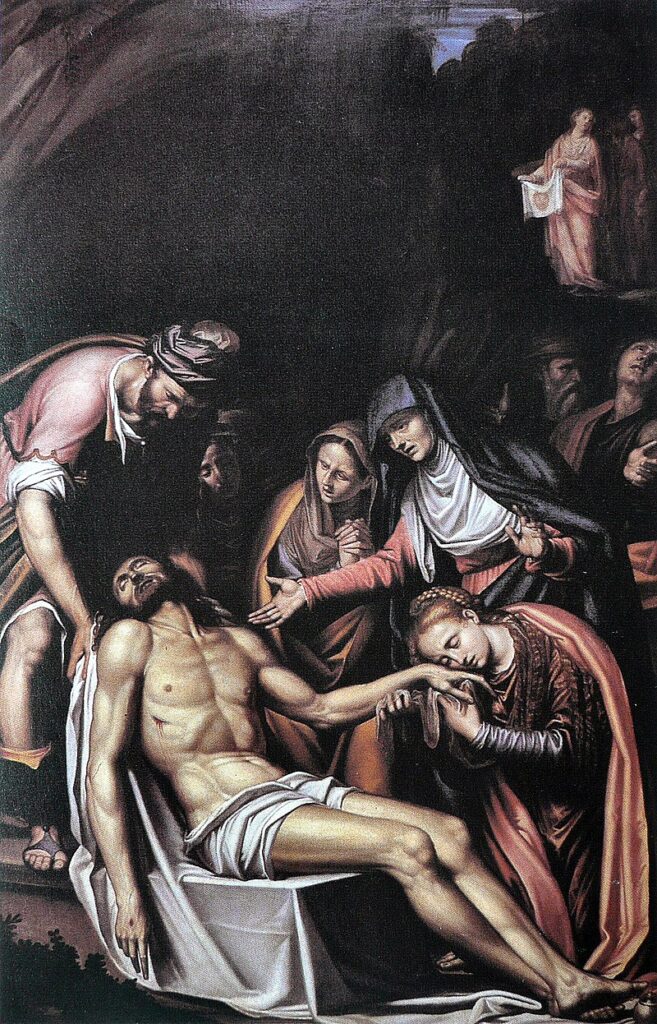
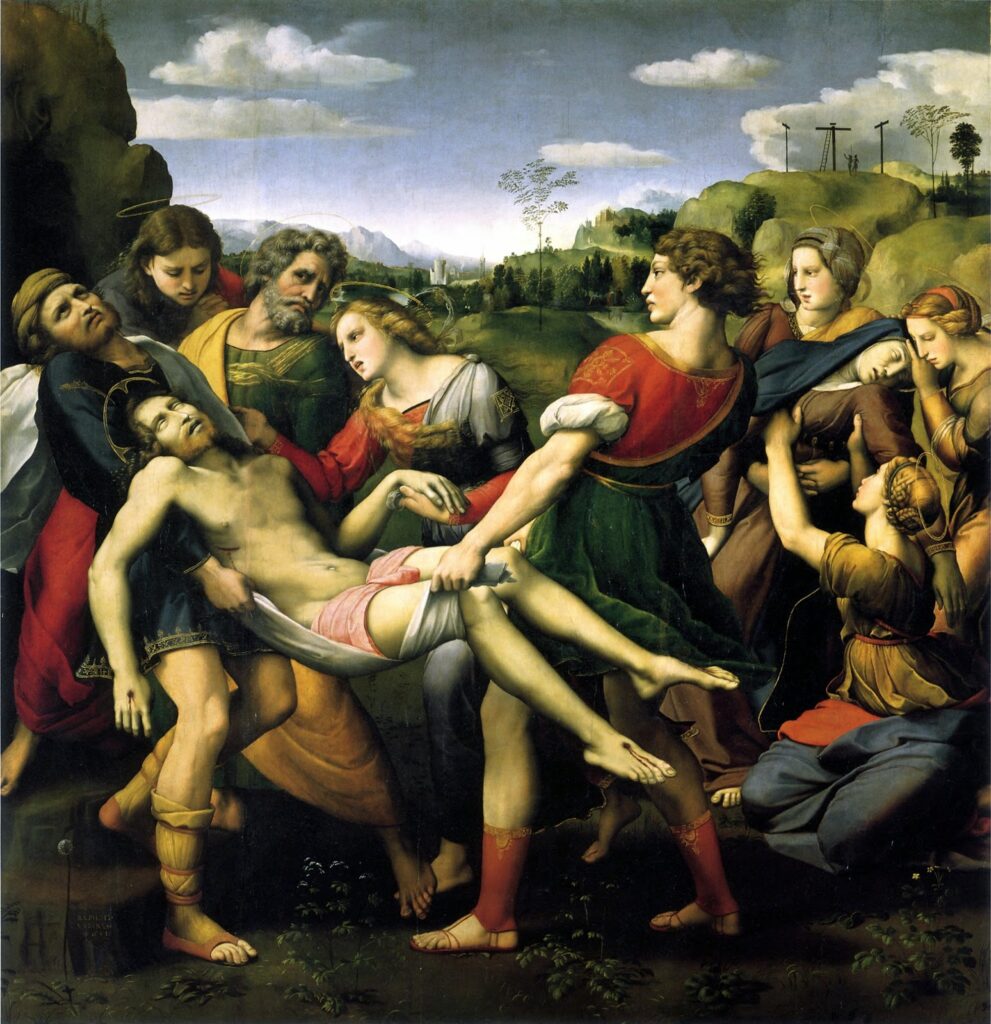
These works, despite their diversity in style and era, weave together a visual narrative that speaks of humanity, sacrifice, and loss. The “Meleager’s Arm” thus becomes a thread that guides us through the history of art, allowing us to explore universal themes that still resonate powerfully in our lives.
Through the contemplation of these works, we are invited to reflect on the deeper meaning of life and death, on that fine line that artists have so adeptly captured and conveyed. It is a journey that takes us from pain to beauty, from tragedy to transcendence, a path that enriches the soul and leaves us with a deeper understanding of human existence.
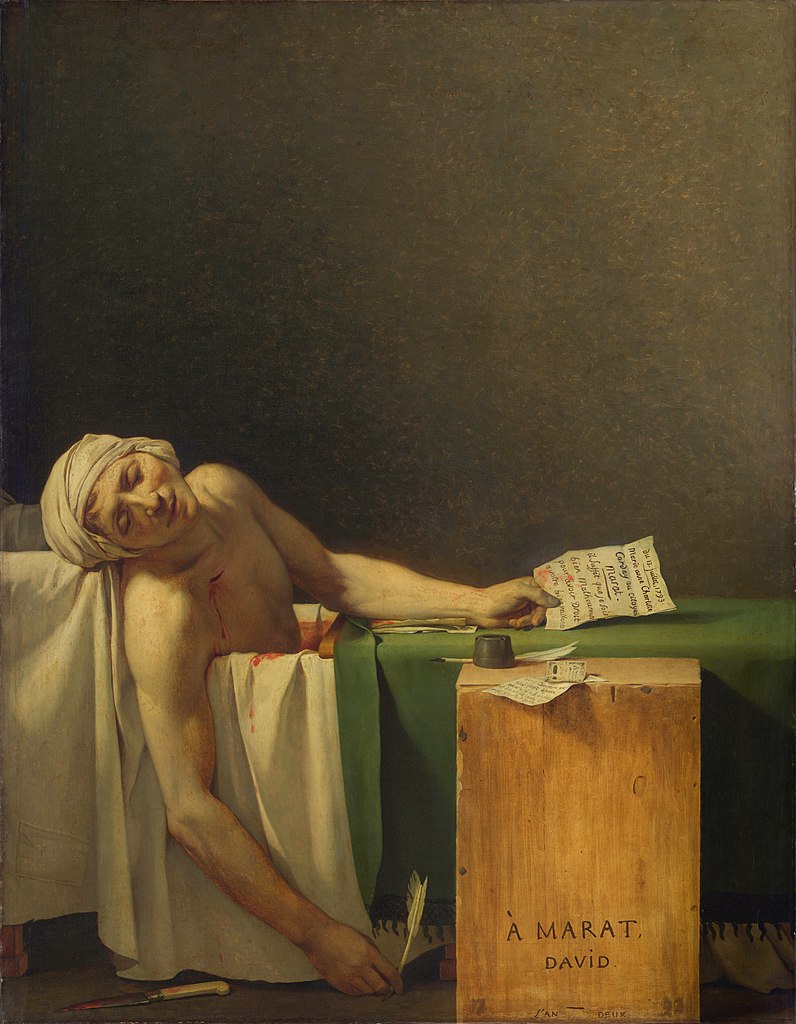
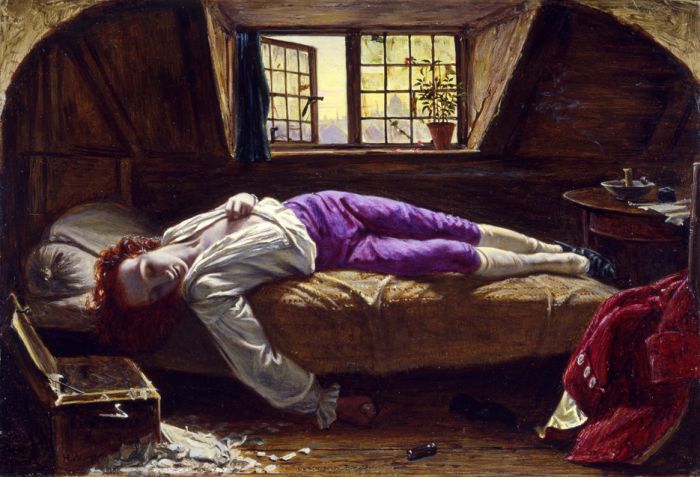



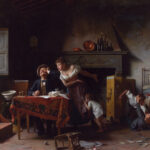


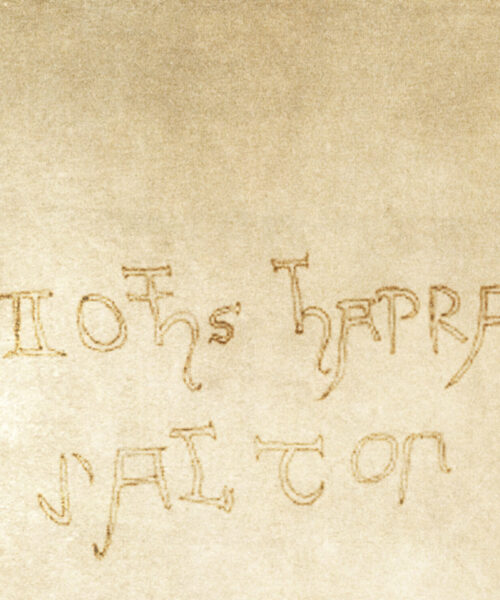
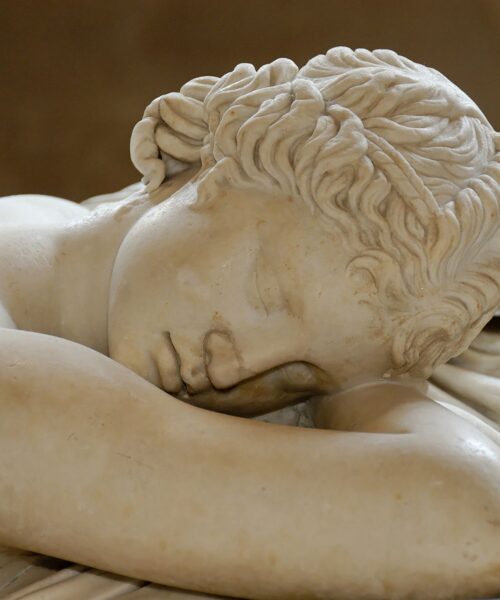

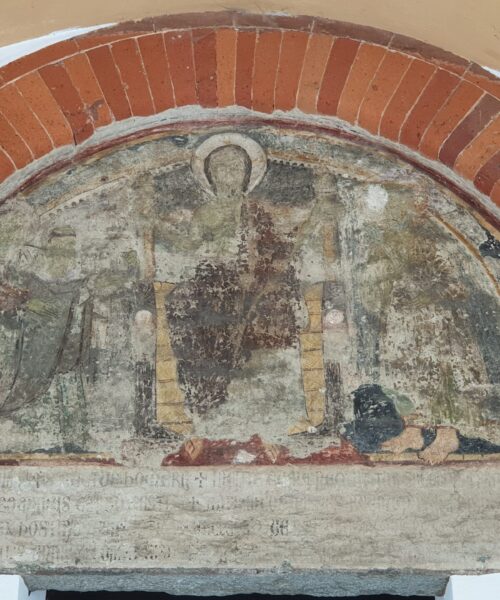


[…] del braccio disarticolato del cadavere del Cristo, posizione denominata artisticamente come "braccio di Meleagro", mentre dal "Martirio di San Pietro" ripropone lo stesso sguardo adirato di San Pietro […]